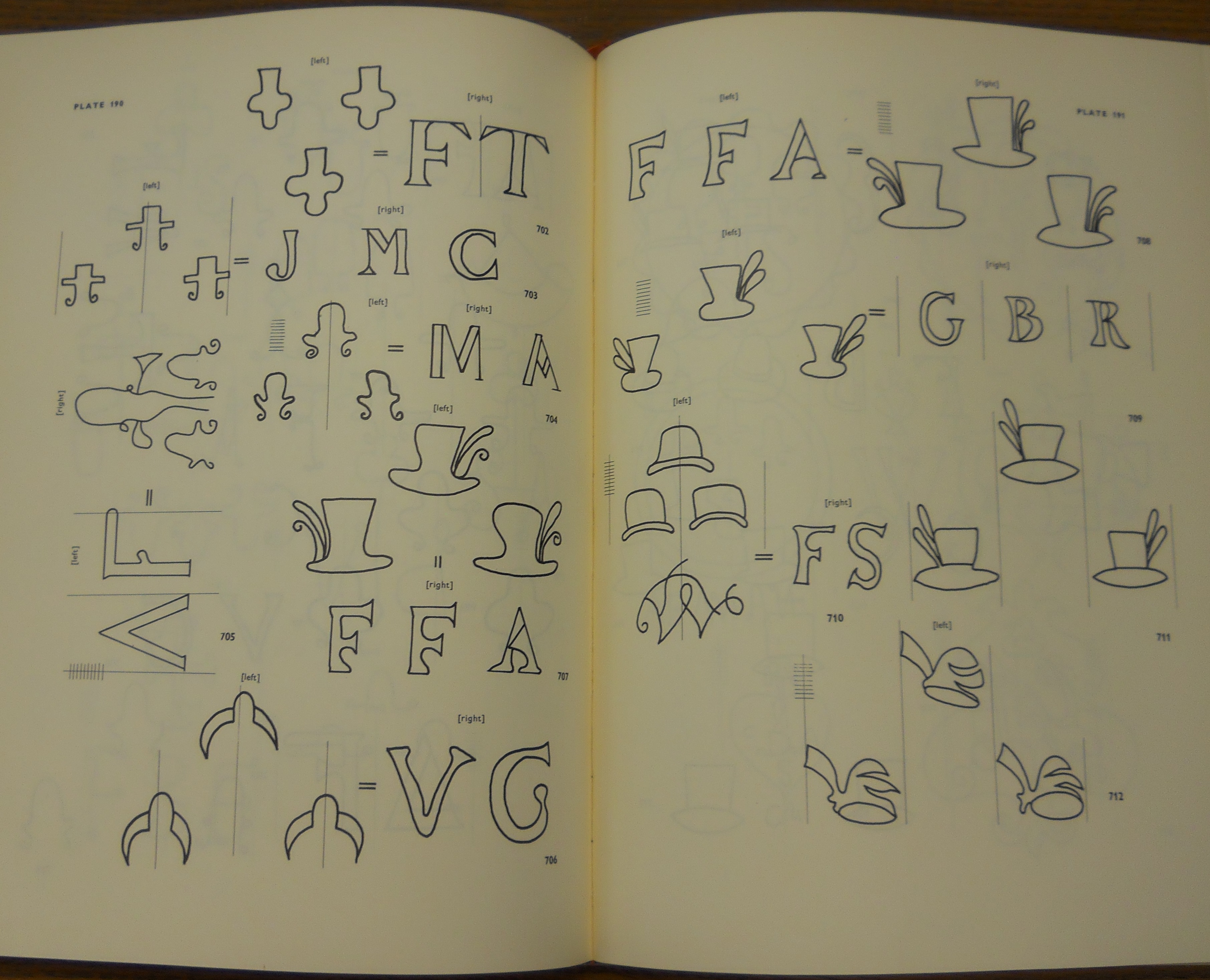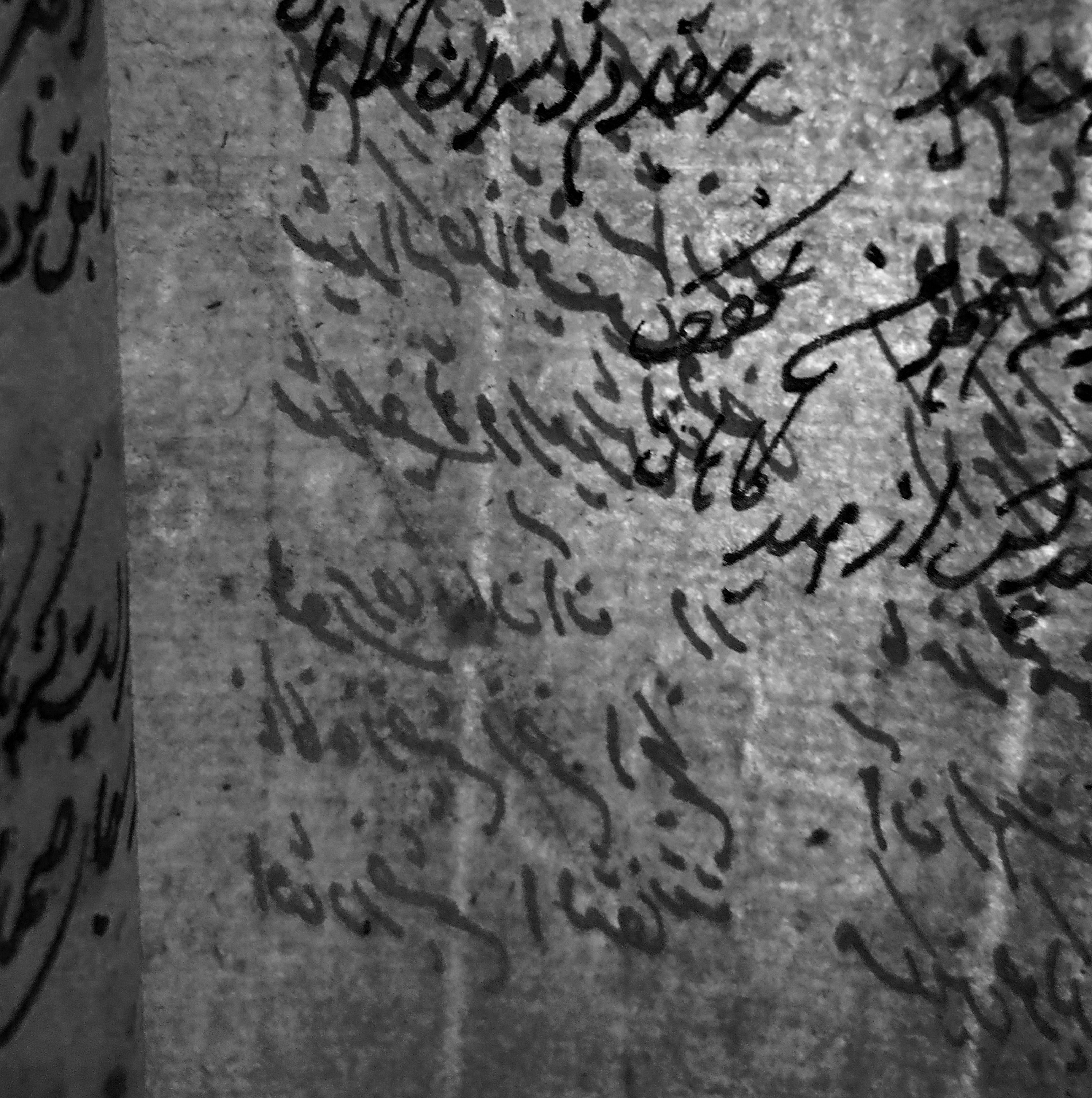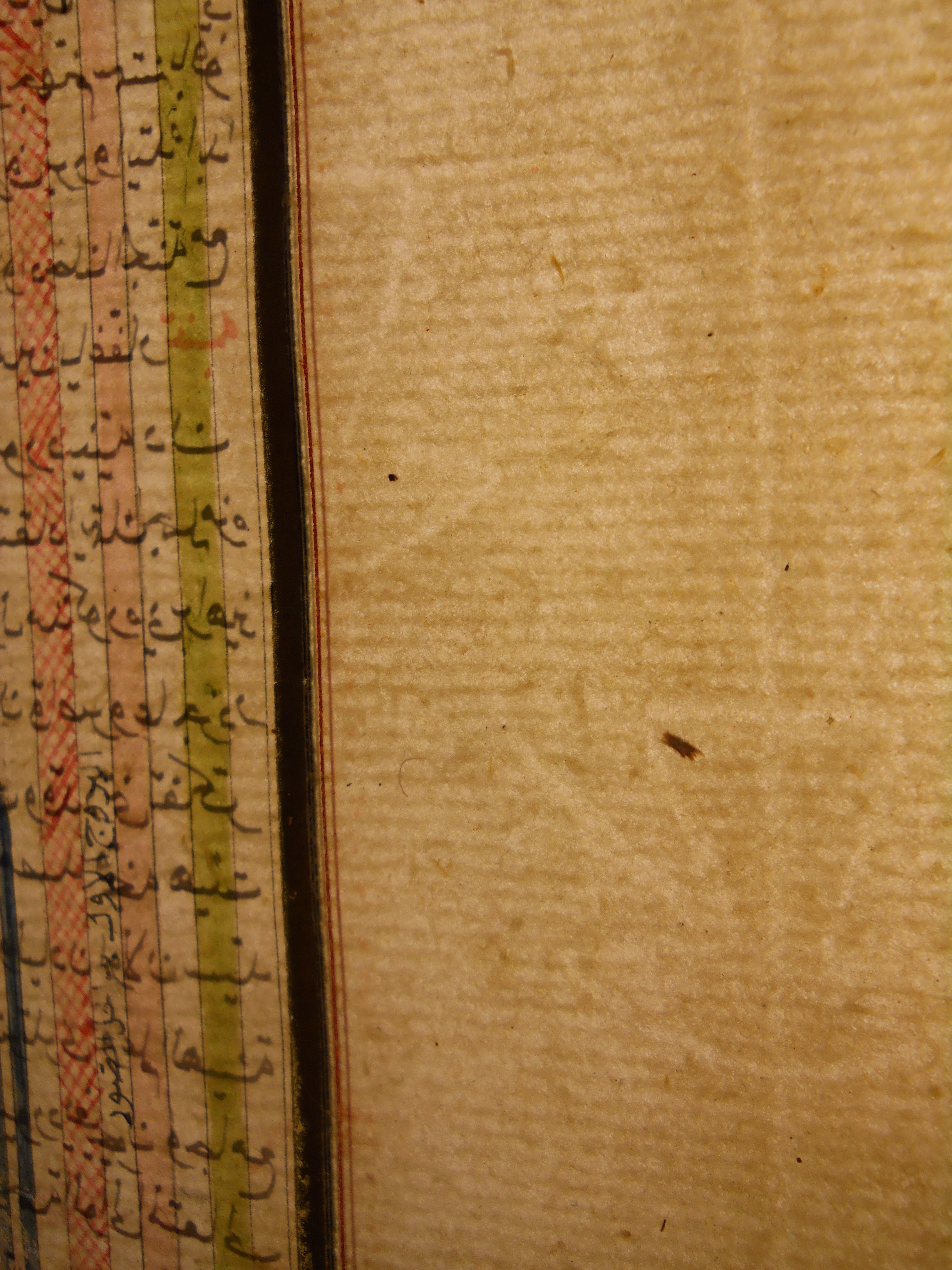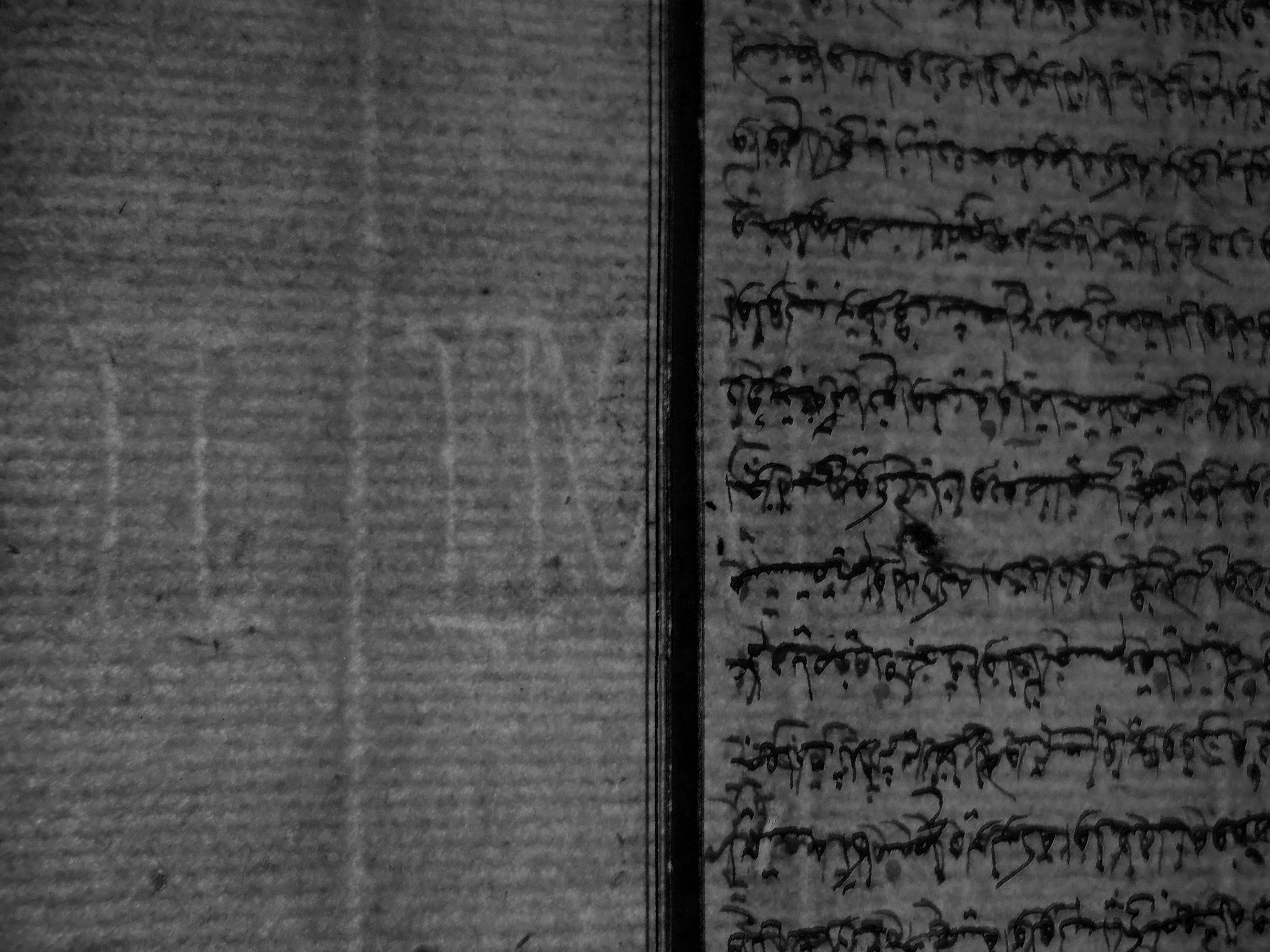As with last Watermark Wednesday, this Wednesday's watermark comes to us once again from the Islamic Manuscripts Collection and the the papers of Isl. Ms. 337, a manuscript copied in 1789 for the Qājār ruler Fatḥ ʻAlī Shāh (1769-1834, r. 1797-1834).
The watermark features a motif of three brimmed hats with cords hanging down. A popular mark among Italian papermakers of the late 17th through early 19th centuries, the mark is also known as tre cappelli, Italian for "three hats."
In fact, a number of different three hats marks are known, featuring hats of varying designs and styles. The form of hat tends to reflect the influences of the region of origin, from clerical hats with cords to tall hats with feathers in Austrian style. [1] Eineder includes numerous examples from Venetia and Lombardy. [2]

Selection of three hats watermarks in Eineder (Plate 190-191)
Around 55 volumes from our Islamic Manuscripts Collection include papers watermarked with three hats marks, dating mainly from 1667 to 1822.
Isl. Ms. 866 (copied ca.1790-1807) includes a paper with tre cappelli style three hats mark as well as a paper marked with tall hats with feathers.

Tre cappelli three hats mark near the gutter in Isl. Ms. 866 p.442
Another example of three hats with feathers appears in a paper of Isl. Ms. 397, a manuscript transcribed in 1822.

Watermark of three hats with feathers in Isl. Ms. 397, p.46
Of course several of these three hats marks appear with countermarks or other companion marks, such as initials. The feathered hats in Isl. Ms. 397 appear with initials "IMG" (or "IMC").

Initials "I M G" (or "I M C") in p.66 of Isl. Ms. 397
These initials also appear as countermarks with lion passant guardant watermarked papers. As we saw last Watermark Wednesday, three hats watermarked papers and lion passant guardant watermarked papers circulated together quite commonly, especially among copyists working during the late 17th to early 19th century in former Ottoman areas. All the manuscripts pictured here include both watermarked papers. The use of common initials as countermarks suggests that in some cases these two different motifs were even being employed by the same papermakers.
So! Lions and hats. And with that, we conclude a year of monthly Watermark Wednesdays. Hats off for watermarks!
[1] See Eineder, The Ancient Paper-mills of the Former Austro-Hungarian Empire and their Watermarks, (Hilversum: Paper Publications Society, 1960), p.175
[2] See nos. 687-717 (plates 187-192) in The Ancient Paper-mills of the Former Austro-Hungarian Empire and their Watermarks.